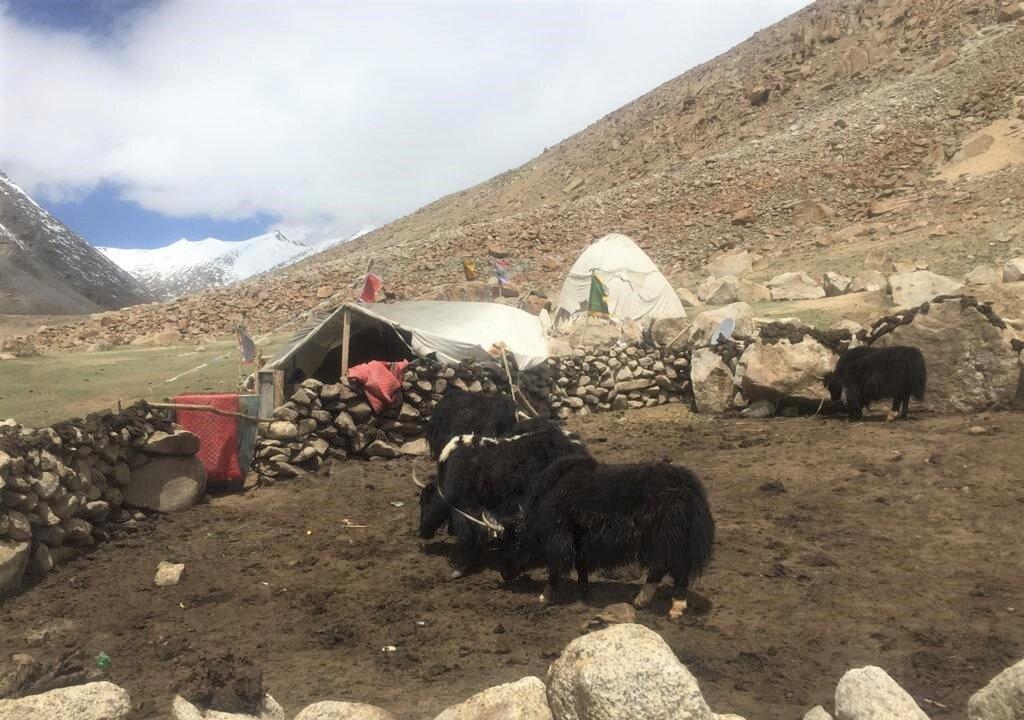NEW DELHI— Due to restrictions imposed by the Indian military after a bloody conflict between India and China in 2020, nomads in India’s Ladakh region, which borders China, haven’t been allowed to return to their traditional pastures. Yet their Chinese counterparts have been sighted moving into the area.
Kunchok Stanzin, a Ladakhi public servant, shared with The Epoch Times a 45-day-old picture of what he claimed are yaks belonging to Chinese nomads grazing in India’s Tharsang Valley, near the Martsemik Mountain Pass. Indian nomads from the region haven’t yet been able to return to the pastures because of restrictions imposed by the Indian military after the 2020 conflict between India and China in the Galwan Valley, as well as the subsequent standoff and further military build-up that followed.





